Revision to EU Carry Cot and Stand Safety Standard EN1466 Published
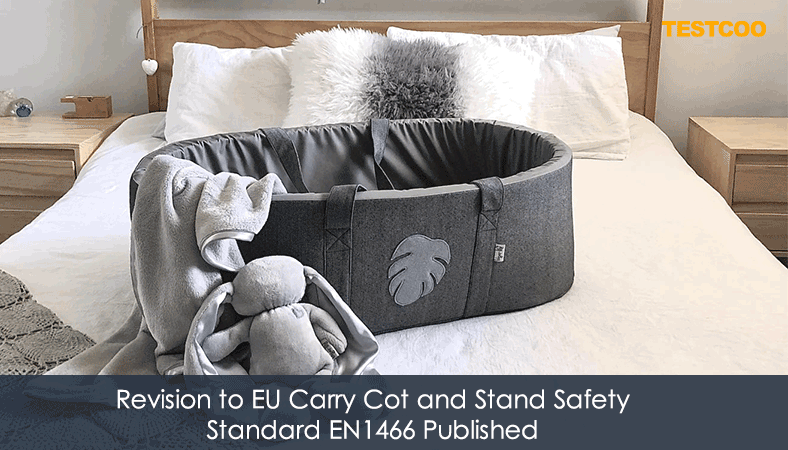
A revised version of safety standard EN1466 for carry cots and stands is now available in the library of CEN for European standardization bodies. It should be published by all the member states by December 2023.
The new EN1466: 2023 standard for the safety of carry cots and stands was published in June.
The revision was initiated to address safety concerns relating to new product types, and particularly non-rigid carry cots, that have been placed on the EU market after the previous version of the standard has been published in 2014.
The European Working Group had long and passionate debates because these articles are intended for unsupervised sleep, which is where safety issues are most important.
In order to move forward more quickly and to have an up-to-date standard for 'traditional' carry cots and stands, the scope of the standard has been restricted and redefined:
● It only applies to products intended for domestic use while the previous version of the standard also covered non-domestic use (for the French market, carry cots and stands designed and marketed for public use will have to undergo a type examination in accordance with the French Decree 91-1292). The scope now refers to sleep function. Additionally, products covered by the standard include those with handles designed to be carried using only one hand
● Soft filled flexible items, such as footmuffs used on a stroller or a pram and that are often used to transport the child on short distances, are no longer covered by the standard. Similar small products intended for sleeping without carrying handles are also not covered , as per the current standard
Regarding requirements provided in the standard; the following main changes have been introduced:
● Introduction of new chemical requirements according to the TR 13387-2: 2018: Formaldehyde and Colorants
● Restriction regarding child restraint systems in carry cots intended to address products also covered by the regulations ECE44/R129 has been extended to convertible products
● Description of the test to assess the effectiveness of the retaining function of the sides has been improved: the 9kg mass shall be positioned in the geometric center, and it is now clear that its long axis is positioned parallel to the longer side of the carry cot. The test shall be conducted in both orientations
● Requirement and test method introduced to check the effectiveness of the retaining function of the ends of non-rigid carry cots: a 5 kg test sphere shall not fall out of the carry cot that has been placed at a 20° angle
● To prevent hazards due to inadequate flexibility of the base, the carry cot is loaded with an articulated mass, and the angle generated by any flexibility of the base shall never be less than 150°
● To ensure better reproducibility, descriptions of stability, strength and locking mechanisms tests has been improved
● Product information has been improved, in particular with regard to non-rigid carry cots. In addition to the warning sentence “Never leave the child unattended”, this pictogram must be affixed to the product
European Labels - CEN-CENELEC (cencenelec.eu)
The standard has already been published in six European countries (Cyprus, Denmark, Finland, Ireland, Latvia and Norway). Other European National Bodies have six months to publish the new standard in their catalogue.
The standard proposes a one-year transitional period for the withdrawal of any conflicting standards (withdrawal from the previous version of the standard). That means, the transitional period will end in June 2024.
The EN1466: 2023 is expected to be listed in the European Official Journal, to give presumption of conformity to the General Product Safety regulations. There is no date set for this publication.
For products that are not covered by the new scope, and more generally products intended to facilitate babies’ sleeping, new discussions will be launched at the EU level in order to draft appropriate requirements and test methods. Stay tuned!
Read more: European Union Published New Version Standard for Reclined cradles
Free Sample Report Performance Quality Control
Download a sample report to keep control of your supply chain!
Featured Articles
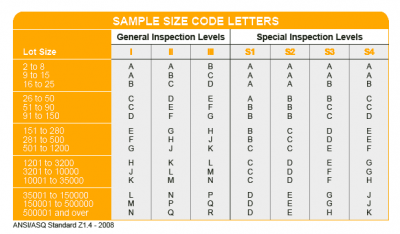 AQL Table | How to Read It
AQL Table | How to Read It TOP 10 Common Defects in Garments Quality Inspection
TOP 10 Common Defects in Garments Quality Inspection Product Packaging and Shipment Label requirements for Amazon FBA
Product Packaging and Shipment Label requirements for Amazon FBA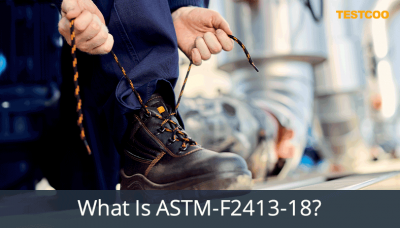 What Is ASTM-F2413-18? Protective Footwear Standard
What Is ASTM-F2413-18? Protective Footwear Standard How to Conduct Third-Party Quality Control Inspections for Electric Scooters
How to Conduct Third-Party Quality Control Inspections for Electric Scooters SMETA Audit-What is SMETA Audit?
SMETA Audit-What is SMETA Audit?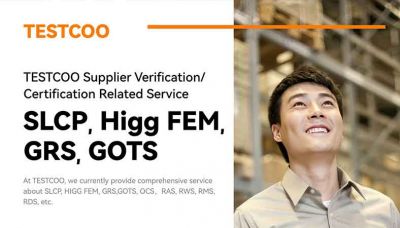 TESTCOO Supplier Verification/Certification Service SLCP, Higg FEM, GRS, GOTS
TESTCOO Supplier Verification/Certification Service SLCP, Higg FEM, GRS, GOTS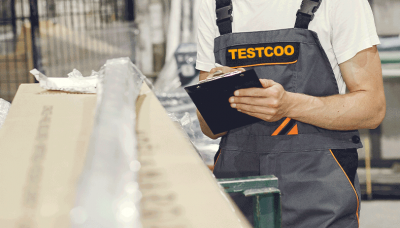 Quality Control Inspection Company in China
Quality Control Inspection Company in China What is Quality Inspection? A Complete Guide
What is Quality Inspection? A Complete Guide Guidelines for Product Inspection in India
Guidelines for Product Inspection in India
Category
- Production Inspection Service
- Factory Audit
- Softline Inspection
- Hardline Inspection
- Electrics Inspection
- Certification
- Checklist
- Manufacturers
- Quality Assurance Basics
- Products Recall
- AQL
- Guidence and Standard
- News
- Supplier Management
- Amazon
- Protective Equipment
- e-commerce quality control
- Indian Manufacturing
- Soft Goods Quality Control
- Supply Chain Management
- Supply Chain Resilience
- E-Commerce Quality Control
- ISO 2859
- Supply Chain Optimization
- Garment Industry
- Higg Index



